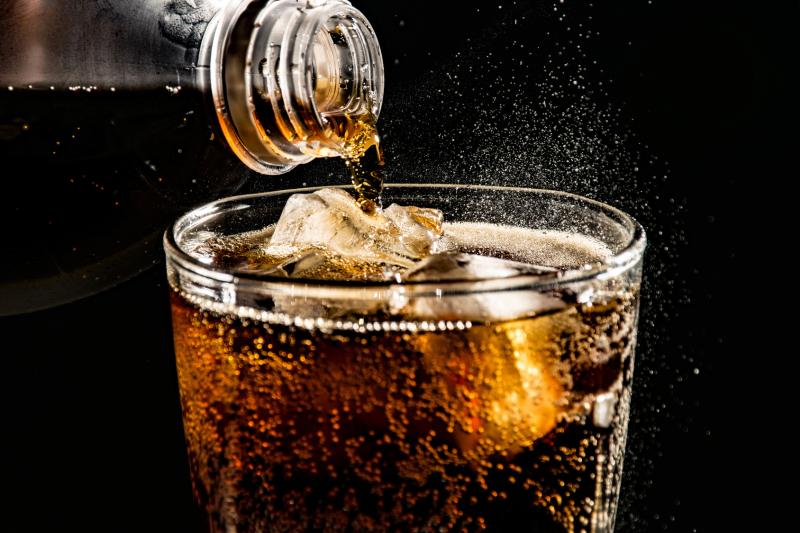
Drinking more than two servings of soft drinks daily has the potential to increase the risk of developing hip fracture in postmenopausal women, a recent study suggests.
“The association was statistically significant for caffeine-free sodas; however, the risk was smaller and not statistically significant for caffeinated sodas. No associations were observed among women consuming less than the highest amount for any type of soda,” according to the investigators.
In a cohort of 72,342 postmenopausal women participating in the Women's Health Initiative Observational Study, 2,578 hip fractures occurred over a median follow-up of 11.9 years.
Multivariable Cox proportional hazards models showed that the risk of incident hip fracture was elevated in the highest consumption category of soda (>14 servings/wk) vs nonconsumption, and this was true with both total soda (hazard ratio [HR], 1.26, 95 percent confidence interval [CI], 1.01–1.56) and caffeine-free soda (HR, 1.32, 95 percent CI, 1.00–1.75). There was no risk-increase observed with high caffeinated soda consumption (HR, 1.16, 95 percent CI, 0.86–1.57). [Menopause 2019;26:1234-1241]
The investigators saw no linear trend in the risk of hip fracture across soda consumption categories in fully adjusted models, suggesting a threshold effect rather than a dose-response relationship. Meanwhile, a sensitivity analysis using adjudicated hip fractures confirmed significant associations for all three soda exposures in the highest intake categories.
Relative to those who were not drinking soda, women in the highest consumption category were younger, reported lower education and self-reported general health status, were much more likely to be obese and have diabetes. In terms of bone health, although women in higher consumption categories presented with less demineralization, soda intake was not associated with reduced bone mineral density (BMD).
In contrast to the findings on BMD in the present cohort, a previous cross-sectional study involving 2,500 middle-aged men and women from the Framingham Offspring Cohort reported a significant linear association between increased intake of cola (with and without caffeine) and low hip BMD among women. [Am J Clin Nutr 2006;84:936-942]
“In this study, the differences in BMD became evident for women who drank more than three servings per week,” the investigators said. “Considering these conflicting results, there appears to be no soda ingredient that can be reliably identified as responsible for the observed associations and thus the biological mechanism underlying the association between sodas and bone health still needs to be explored.”
Aside from identifying the biological mechanisms involved in the current findings, future investigations should quantify risks of soda consumption over adulthood, distinguish diet from sugar-containing soda consumption, colas from noncolas, and carbonated from noncarbonated beverages, the investigators said.
The study was limited mainly by ascertaining exposure using self-reported soda consumption early in the follow-up period, without subsequent repeated measures. “This fact implies the impossibility to study cumulative exposure and forces the assumption that the pattern of consumption reported at baseline remained stable over time,” they pointed out.